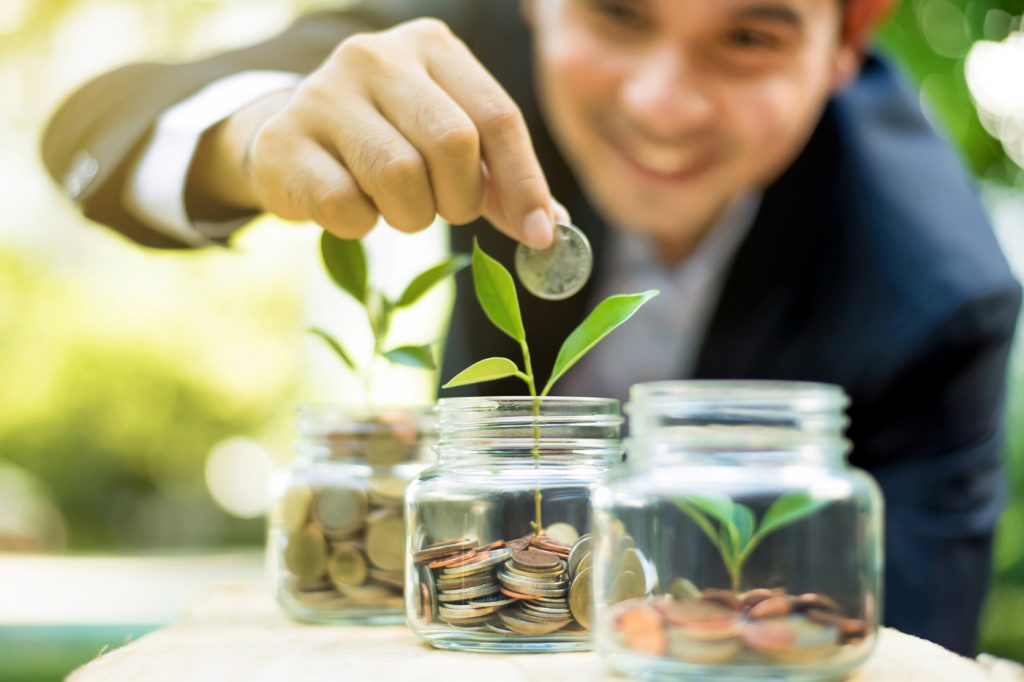Sustainable Lending: The New Normal?
With both businesses and banks busy embedding environmental, social and governance practices into their activities, the post-Covid-19 world is perfectly poised for a green and inclusive recovery.
With both businesses and banks busy embedding environmental, social and governance practices into their activities, the post-Covid-19 world is perfectly poised for a green and inclusive recovery.

By Chartered Banker Institute, UK
For all its shocking impact on health, society and the economy, Covid-19 represents just a taste of the havoc that the climate crisis could wreak. The Committee on Climate Change has led a chorus of calls for the UK government to make the pandemic a defining moment in the fight against global heating.
In theory, they are pushing at an open door. Businesses claim to be committed to a green recovery. More than 90% of companies surveyed by HSBC aim to re-engineer their businesses to be more sustainable.
The onus is on lenders to play their part. Corporate and commercial banks have a vital role in supporting a recovery that is not only ‘green’, but sustainable and inclusive. Coupled with increasing regulation, this pressure is set to accelerate the growth of lending that encourages sound sustainable practices.
‘Green loans’ to finance defined environmental projects have been a feature of the market for some time. The term is sometimes used to encompass the relatively recent product class of sustainability-linked loans (SLLs). Both are now covered by Loan Market Association voluntary frameworks. The key difference between the two is that SLL pricing is directly linked to the borrower’s performance against agreed sustainability targets.
In early financings, the borrower benefited from reduced loan margins if they met these criteria. If they fell short of their sustainability goals, the lender did not reduce the margin, but there was no additional penalty. Recently, however, two-way pricing has become more prevalent, with the borrower facing a price increase if their performance dips.
Could this lead to a perverse incentive – in which lenders could profit from the failure of a borrower to meet its sustainability goals? Some financings have found a way around that issue – for instance, replacing the price increase with a requirement for the lender to pay into a separate account, which is then used to bolster its sustainability activity.
Ana Xhemalaj, one of the finalists in the Institute’s Young Banker of the Year competition, notes another alternative as part of her proposal. “The lender could reinvest the penalty into their own sustainable agenda, or it could be reinvested into an appropriate third-party project or organisation, such as a charity, nominated by the client,” she says. “In this way we ensure that the social angle remains the priority.”
Xhemalaj notes that SLL discounts are tokens, and as such not designed to drive customer behaviour in isolation. However, she believes they are still useful: “The margin ratchet creates a window of opportunity to engage clients on their sustainability agendas when discussing some of their other, more traditional, financing needs.”
In her competition paper, Xhemalaj has proposed a revolving credit facility linked to a borrower’s performance on gender equity. This acknowledges the need for the SLL conversation to reflect progress in areas far beyond environmental activity, such as diversity and inclusion, and in particular the economic advancement of women. It also reflects her view that social impact should ultimately become part of mainstream lending business strategy, as well as being at the heart of measures to tackle the pandemic.
“If we start utilising existing, well-established financing products more, we could overcome at least the initial susceptibility towards the immediate benefit to the client,” Xhemalaj explains. “We also debunk the idea that we can only promote sustainability via capital market instruments, such as social bonds, or impact funds, which are often appropriate only for investors or clients already committed to the cause.”
At present, she points out, material on the longer-term commercial benefits of sustainability is geared almost entirely towards large corporates. “The task really is to streamline SLLs and increase awareness among smaller companies, which are perhaps less likely to consider sustainability,” Xhemalaj believes.
“I think once this knowledge gap is reduced further and we see more cross-collaboration between lenders, investors, policymakers or non-profits, we will see a lot more proactivity from clients choosing sustainability-linked facilities despite pricing differentiation,” she concludes
This article previously appeared in the Chartered Banker magazine, UK, Autumn 2020 edition.